
Raptors
Peregrine Falcon
The Peregrine Falcon is a magnificent bird of prey found in Ireland, known for its exceptional speed and agility in flight, making it a formidable hunter. They are often seen nesting on cliffs, buildings, and bridges.

Description:
The Peregrine Falcon, also known as the fastest bird in the world, is a magnificent creature with a striking appearance. Its dark bluish-gray back, black head, and white throat are recognizable features of this bird. Their eyes are large and black, giving them a determined look.
What they eat:
Peregrine Falcons feed on other birds. The main prey of this bird is pigeons, but they also hunt for ducks, gulls, and other small mammals like rabbits, squirrels, and bats. These birds are known for their ability to dive at incredible speeds, reaching up to 240 mph, to capture their prey in the air.
Habitat:
Peregrine Falcons prefer to live in mountainous areas or tall cliffs with a clear view of open spaces. They do not build their nests but rather find a suitable rock crevice or an abandoned bird's nest on the cliff to lay eggs.
Size and Wingspan:
Peregrine Falcons are about 36-48 cm in length and weigh around 600-1000 grams. Their wingspan is usually between 100-120 cm.
Male-Female Difference:
Males are slightly smaller than females but have more pointed wings. Males are also less colorful than females.
Where to find:
Peregrine Falcons can be found throughout Ireland, but the best places to spot them are the coastal cliffs of County Clare, Mayo or Sligo.
What months can they be found in Ireland:
These birds can be spotted in Ireland all year round, but the best time to see them in action is between October and March. During this time, their breeding season begins, and they are most active around their nest sites.
Interesting note:
Peregrine Falcons were on the brink of extinction in Ireland in the 1960s and 1970s, due to the use of pesticides affecting the birds' reproductive success. However, thanks to conservation efforts, their population has been steadily increasing since the 1990s.
Other Birds of Ireland...
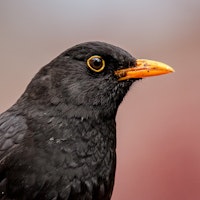
Blackbird
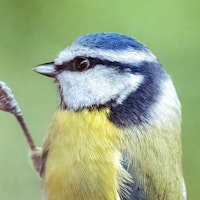
Blue Tit
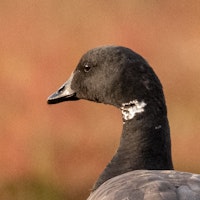
Brent Goose
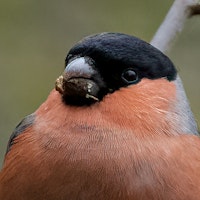
Bullfinch

Buzzard

Chaffinch
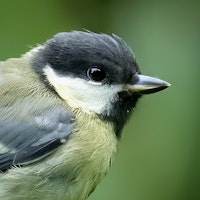
Coal Tit
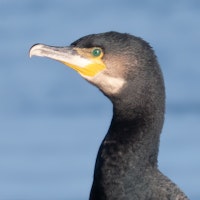
Cormorant
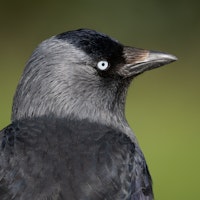
Crow
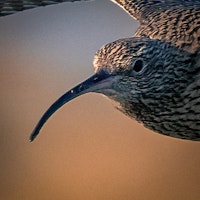
Curlew
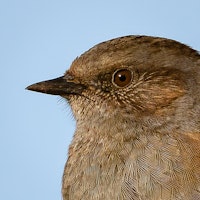
Dunnock

Eurasian Jay
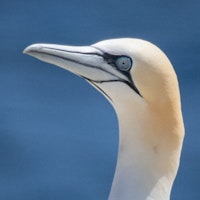
Gannet
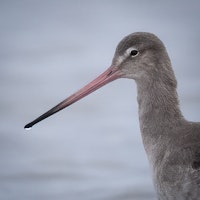
Godwit
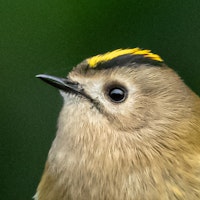
Goldcrest
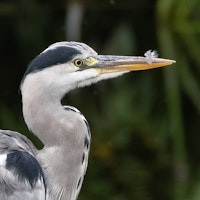
Grey Heron
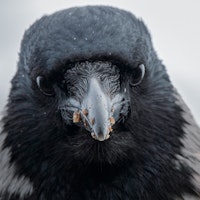
Hooded Crow
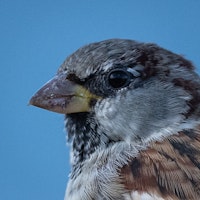
House Sparrow

Kestrel
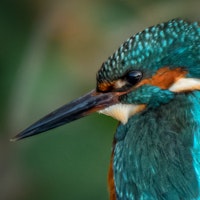
Kingfisher

Lapwing

Little Egret

Long Eared Owl

Long-tailed Tit

Mallard Duck

Merlin

Moorhen

Mute Swan

Oyster Catcher

Peregrine Falcon

Pied Wagtail

Pintail

Puffin

Red Kite

Redshank

Robin

Rook

Sanderling
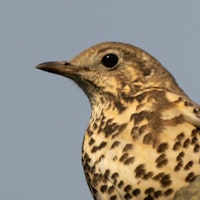
Song Thrush

Sparrowhawk

Starling

Stonechat

Swallow

Tree Creeper

Wren
More pages currently being produced...
Please connect to get updated when new pages are published

